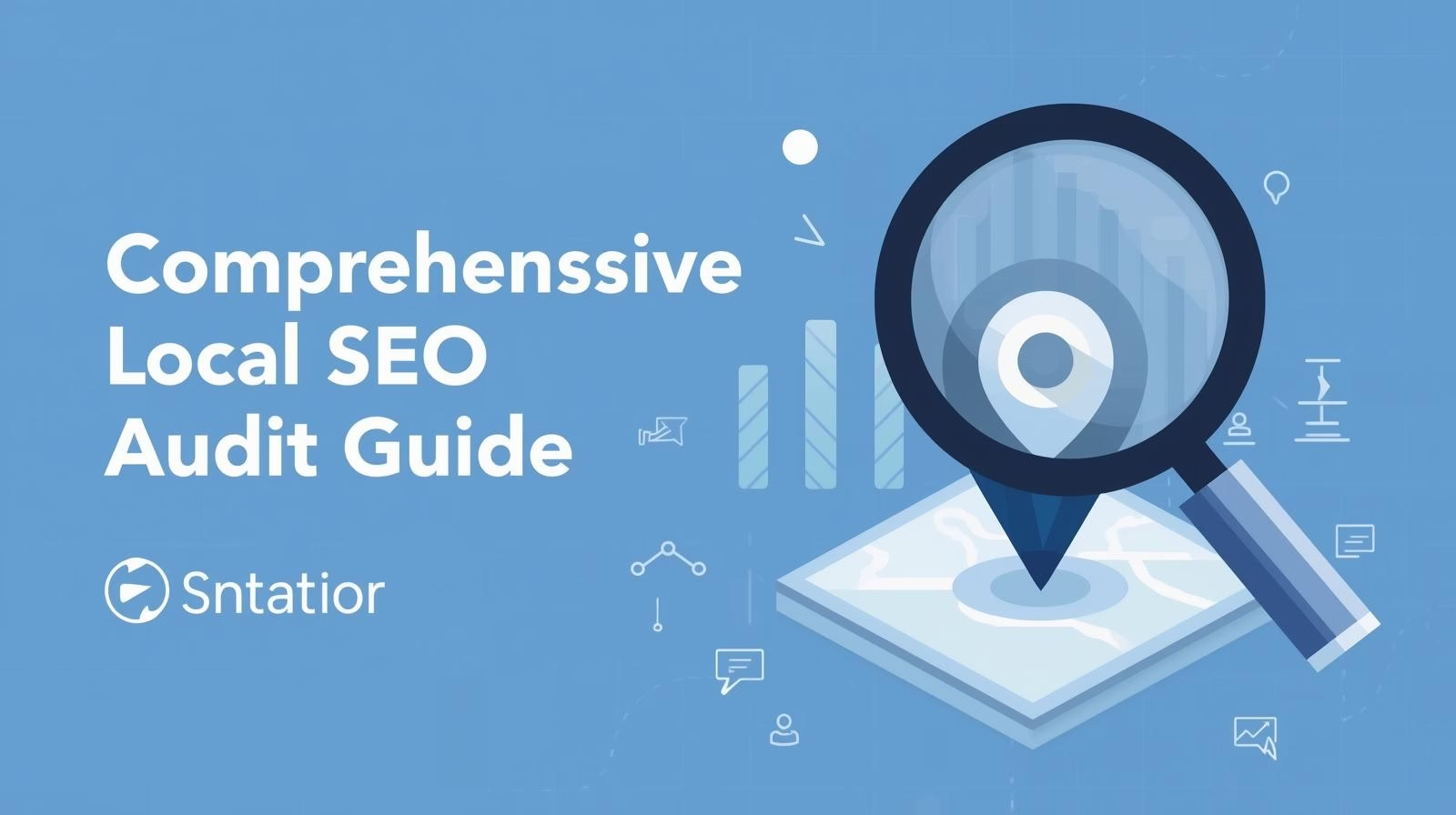Over 43% of all websites on the internet use WordPress. That means millions of sites depend on solid hosting to stay fast and secure. Pick the wrong host, and your site could load slow, hurting your search rankings and turning away visitors.
Good hosting keeps your WordPress site running smooth. It handles traffic spikes without crashing. Slow speeds from bad hosting can drop your Google rank since page speed matters a lot now.
This guide looks at the top WordPress hosting providers for 2025. We evaluate them on speed, security, and ease of use. You’ll get tips to choose the right one for your needs, whether you’re starting small or growing big.
Why Choosing the Right WordPress Hosting Matters
Hosting forms the backbone of your WordPress site. It stores your files and serves them to users worldwide. Without reliable hosting, even the best design falls flat.
Think of hosting like the foundation of a house. A weak base leads to cracks over time. Strong hosting ensures your site stands tall against daily demands.
The Role of Hosting in WordPress Performance and SEO
Hosting directly impacts how fast your WordPress site loads. Google ranks sites higher if they score well on Core Web Vitals, like loading times under two seconds. Slow hosts drag these scores down.
Choose providers with SSD storage for quicker data access. Add a CDN to spread content across servers globally. This cuts load times for users far away.
For example, a blog with images loads faster on SSD than old hard drives. Test your site with tools like Google PageSpeed Insights. Aim for green scores to boost SEO.
Common Hosting Pitfalls to Avoid for WordPress Users
Shared hosting often overloads during busy times. Your site slows when neighbors hog resources. This frustrates users and spikes bounce rates.
Look for uptime guarantees of 99.9% or better. That means less than nine hours down per year. Check reviews for real uptime stats.
Scalability matters as your site grows. Start with plans that let you upgrade without hassle. Avoid hosts that lock you into rigid setups.
- Watch for hidden fees in renewals.
- Test support before committing.
- Read user stories on traffic handling.
Key Criteria for Evaluating WordPress Hosting Providers
One-click installs make setup easy for new users. Automatic updates patch security holes without your input. Staging sites let you test changes safely.
Managed WordPress hosting takes care of the tech side. It’s great if you’re not a coder. Sites like WPBeginner recommend it for beginners.
Other must-haves include free SSL for secure connections. Daily backups protect against data loss. Global servers ensure low latency everywhere.
Top WordPress Hosting Providers Reviewed
We picked these based on speed tests, user feedback, and features. Each shines in managed WordPress hosting. See how they stack up for your needs.
Managed options optimize servers just for WordPress. They beat general hosting in performance. Benchmarks from sites like Hosting Advice back this up.
Bluehost: Ideal for Beginners and Small Businesses
Bluehost earns WordPress.org’s official nod. It’s perfect for first-timers. Plans start at $3.99 a month.
You get a free domain for year one. That saves money upfront. Their tools include a custom dashboard for easy tweaks.
Support runs 24/7 via chat or phone. Users love the quick help for plugin issues. Try their one-click staging to preview updates without risk.
Pros:
- Affordable entry plans.
- WordPress-optimized setup.
- Solid uptime records.
Cons:
- Renewal prices jump higher.
- Limited resources on basic tiers.
For a small shop site, Bluehost handles moderate traffic well. Upgrade as sales grow.
SiteGround: Performance and Support Excellence
SiteGround uses Google Cloud for top speed. Their SuperCacher boosts load times by 40%. Plans begin at $3.99 monthly.
Free migrations move your site over smoothly. No downtime worries. The staging tool lets you test safely.
Support experts know WordPress inside out. They fix issues fast, often in minutes. Use it for blogs needing quick responses.
Pros:
- Fast caching tech.
- Strong security scans.
- User-friendly panel.
Cons:
- Prices rise on renewals.
- Storage caps on lower plans.
A photography site benefits from their image optimization. It keeps pages snappy even with large files.
WP Engine: Enterprise-Level Managed Hosting
WP Engine targets pros and agencies. It includes the Genesis Framework for secure themes. Starts at $20 per month.
Developer tools like Git integration speed up work. Security features block threats automatically. Daily backups run without effort.
Agencies manage client sites from one dashboard. It scales for high traffic easily. Add users as your team grows.
Pros:
- Advanced security suite.
- Local dev environments.
- Expert support for tech queries.
Cons:
- Higher cost entry.
- No email hosting included.
For a news site with spikes, WP Engine keeps things steady. It handles bursts without slowing.
Kinsta: Google Cloud-Powered Reliability
Kinsta runs on Google Cloud for reliability. Daily backups and free hack fixes come standard. Pricing kicks off at $30 monthly.
The MyKinsta dashboard shows performance stats. Optimize for eCommerce with WooCommerce tweaks. It supports high-traffic stores.
Edge caching serves content from 35 data centers. This cuts global load times. Developers love the clean interface.
Pros:
- Premium speed features.
- Free site migrations.
- Detailed analytics.
Cons:
- Steeper learning for basics.
- No cheap starter plan.
An online store thrives here. Fast checkouts reduce cart abandonment by keeping pages quick.
Hostinger: Budget-Friendly High-Speed Option
Hostinger offers LiteSpeed servers for speed on a dime. Plans start at $2.99 a month. It’s great for tight budgets.
The hPanel simplifies WordPress management. AI tools suggest optimizations. Auto-updates keep things current.
Weekly backups and malware scans add security. Global servers ensure good reach. Scale up as needed.
Pros:
- Low entry prices.
- Fast server tech.
- Easy AI helpers.
Cons:
- Support can vary.
- Fewer advanced tools.
A personal blog fits perfectly. It loads quick without breaking the bank.
Factors to Consider When Selecting a WordPress Host
Match your choice to your site’s stage. Budget sites need basics. Growing ones want room to expand.
Use this checklist to decide. It covers costs, safety, and growth potential.
Budget vs. Features: Finding the Right Balance
Shared hosting costs less but shares resources. VPS gives more power for a bit more cash. Weigh what you get against the price.
Calculate full costs, including renewals. Some hosts hike rates after year one. Pick ones with clear pricing, like WordPress.org picks.
For value, look at free extras. Domains, SSL, and backups add up. A $5 plan with perks beats a bare $3 one.
- List your must-haves first.
- Compare three options side by side.
- Factor in two-year totals.
Security and Reliability Essentials
DDoS protection stops attack floods. Free SSL encrypts data. Malware scans catch issues early.
WordPress faces many hacks yearly, per Sucuri reports. Built-in firewalls block most threats. Choose hosts with these layers.
Uptime SLAs promise reliability. Test with free trials if offered. Reliable hosts mean steady visitor trust.
Scalability and Support for Growing Sites
Auto-scaling adds power during peaks. Global data centers serve users fast anywhere. Pick hosts with easy upgrades.
Test support via live chat. Quick replies help fix problems fast. WordPress-savvy teams spot issues others miss.
For growth, ensure no migration pains later. Some hosts charge for moves. Plan for traffic doubles in a year.
Actionable Tips for Switching to a Better WordPress Host
Switching boosts performance without much hassle. Follow these steps to keep things smooth. You’ll see gains in speed and SEO soon.
Minimize downtime to under an hour. Use tools that automate the process.
Step-by-Step Migration Guide
Back up your site first with UpdraftPlus. It saves everything in one go. Export databases too.
Sign up with your new host. Let them migrate if free, like SiteGround does. Otherwise, upload files via FTP.
Update DNS for domain switch. It takes up to 48 hours to propagate. Check site access worldwide after.
- Test the new site privately.
- Redirect old URLs if needed.
- Verify plugins work.
Post-move, scan for errors. This keeps SEO intact.
Optimizing Your WordPress Site Post-Hosting Switch
Install WP Rocket for caching. It speeds pages by storing common elements. Compress images with Smush plugin.
Run Google PageSpeed Insights before and after. Target mobile scores over 90. Tweak themes for lighter code.
Enable lazy loading for below-fold content. This prioritizes what users see first. Gains show in analytics fast.
Testing and Monitoring Tools for Ongoing Success
Use GTmetrix for detailed speed reports. It flags slow elements clearly. Fix them one by one.
Set UptimeRobot alerts for downtime. Get emails if your site drops. Aim for 100% monthly uptime.
Pingdom tracks real-user experiences. Compare before your switch. Tools like these keep you ahead.
Conclusion
Bluehost suits budget starters with easy tools. Kinsta excels for premium speed on big sites. The best WordPress hosting provider fits your goals.
Key points: Go for managed hosting to simplify life. Check speed and support closely. Test migrations to dodge issues.
Assess your setup now. Pick a host that grows with you. Better performance means higher ranks and happy users. Start your switch today for real results.


